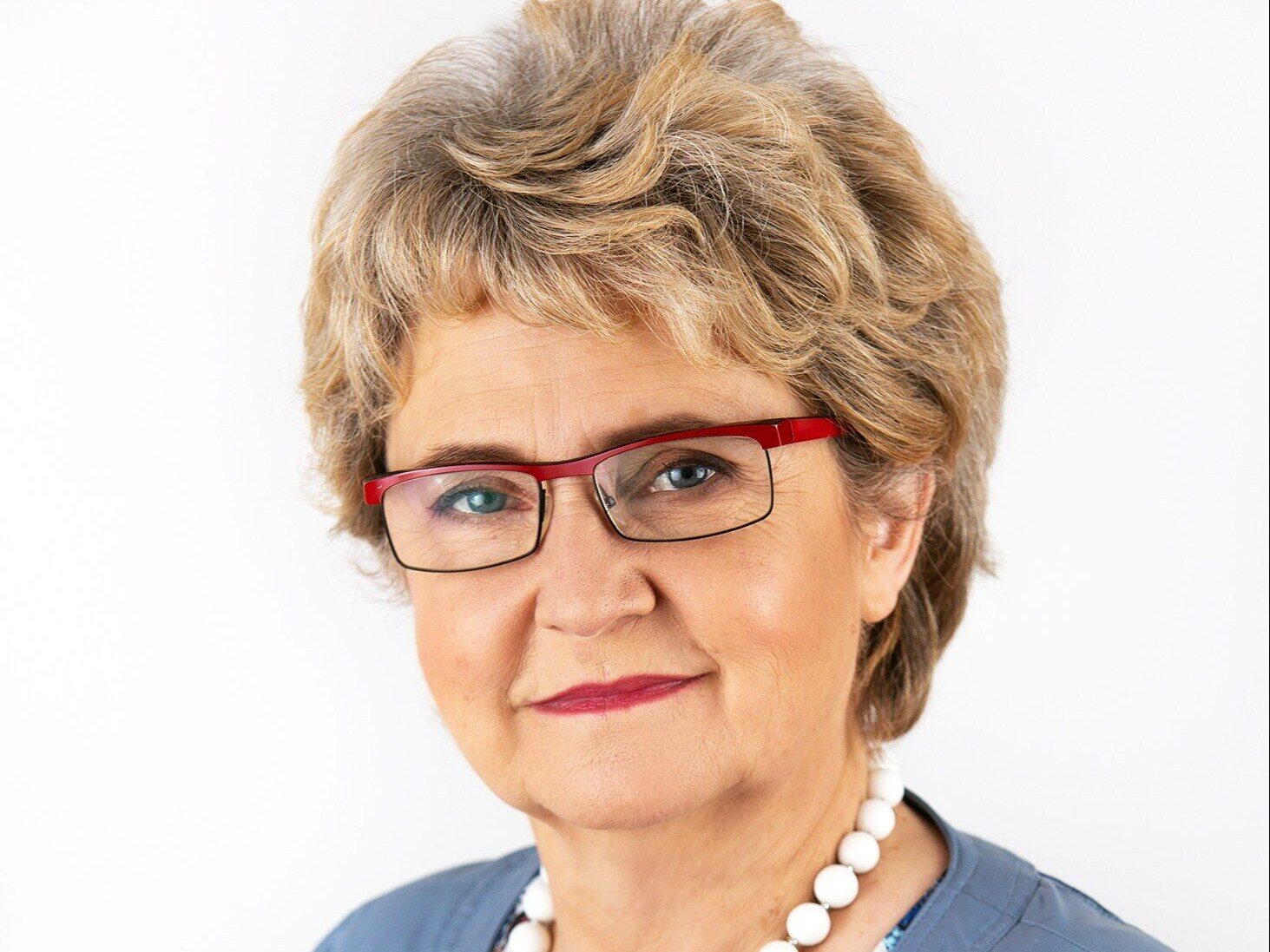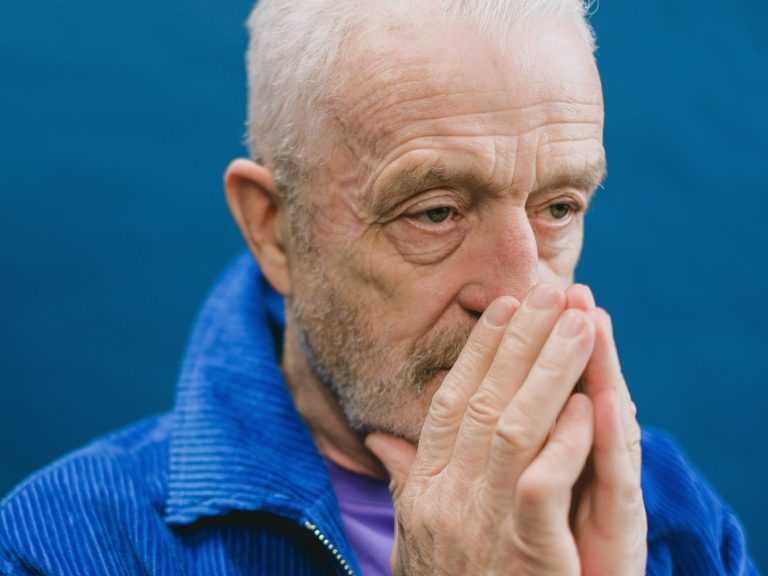Osteoporosis: complications are life-threatening

Interview with Dr. Maria Rell-Bakalarska, rheumatologist
Osteoporosis does not hurt; patients most often learn about the disease when a fracture occurs. How to diagnose osteoporosis? Who should check their bone health?
There is a Latin saying: “Medice, cura te ipsum”, which means “physician, heal yourself”. For many years, instead, I have been saying to my patients in Polish: “Patient, think about yourself! You are the most important!” Particularly in the case of a disease that cannot be seen for a long time. Osteoporosis is a bone disease and deteriorates their quality, as a result of which even a minimal trauma, e.g. a fall from a height, may cause a bone fracture. Unfortunately, this is a late symptom of the disease. All fractures are important, but it must be remembered that those after the age of 50, which are a symptom of osteoporosis, are always the beginning of a fracture cascade. And fracture of the neck of the femur in 30 percent. patients die within a year. This means that in Poland five times more people die from this reason every year than from traffic accidents.
Who should primarily think about early diagnosis before fractures occur?
The condition of their bones should be checked primarily by people who have a family history of hip fracture, smokers, people with chronic gastrointestinal diseases that may lead to absorption disorders, people with chronic inflammatory joint diseases or treated with glucocorticosteroids (“steroids”). ), as well as people who, for various reasons, fall frequently. It is worth remembering that men also suffer from osteoporosis, although the disease is usually diagnosed later, after the age of 70.
The diagnosis of osteoporosis is primarily a test of bone mineral density, i.e. densitometry, in which the so-called the T-score is less than or equal to -2.5. But here is a very important note: if densitometry shows low mineral density, i.e. osteopenia, which is a precursor of osteoporosis, and a low-energy fracture has occurred, this is osteoporosis!
One more tip about when to perform densitometry: if your body height has decreased by 4 cm compared to your youthful age. The cause may be a reduction in the height of the vertebrae, which is actually a fracture. It is then also worth performing a morphometric examination (VFA) using a densitometer, which will reveal broken vertebrae. This is important because we may not know about the fracture: over 50 percent. Vertebral fractures do not hurt.
What is the difference between osteoporosis and very high risk osteoporosis?
We work all our lives to maintain the condition of our bones, which is why prevention is so important. The chance of obtaining the proper level of vitamin D in our climatic conditions is small, so the recommendations say that supplementation is necessary, preferably adjusted to the level of deficiency. However, eating foods containing calcium usually provides about 50%. daily requirement, so most patients should additionally take calcium tablets. But I would like to point out that as a doctor, I strongly recommend the use of medications, not dietary supplements.
After the diagnosis of osteoporosis, in addition to vitamin D and calcium, medications that affect the condition of bones (remember that bones change throughout life), i.e. inhibit their resorption (destruction) or support bone formation, should be used. Each form of osteoporosis is a threat that requires pharmacotherapy. Treatment is generally long and lasts many years, and the patient should certainly never make the decision to discontinue it.
Patients with a high risk of fractures should be a group of special care and attention of a doctor, most often a rheumatologist. The consequences of subsequent fractures in these patients can be – and almost always are – very serious. Osteogenic drugs that stimulate bone are recommended for the treatment of osteoporosis in patients with a very high risk of fractures. Until recently, these drugs were not available in Poland. As far as I know, efforts are currently underway to reimburse one of them for Polish postmenopausal patients with a very high risk of fractures. Another drug will probably be considered for the reimbursement process.
What are the symptoms that clearly indicate osteoporosis with a high risk of fractures?
It is very important to know which fracture locations are the most important, the so-called main locations. These are fractures of the femoral neck, spine, pelvis, humerus and forearm bones (“wrist fractures”).
Patients at high risk of fractures are people who have had a fracture in the main location within the last year and have osteopenia on densitometric examination; had two or more major fractures; who have suffered a fracture while taking certain medications, including glucocorticosteroids; having a low DXA test value (T-score less than or equal to -3.0); who were found to be at high risk of fractures based on a special online fracture risk calculator FRAX.
Data from 2022 indicate that approximately 2.1 million people in Poland suffer from osteoporosis, including 1.7 million women. And how many people have high-risk osteoporosis?
Unfortunately, we do not have such data. But that shouldn't be reassuring. If someone notices signs of high risk of fractures, they should not wait. Every patient should be treated! In accordance with international recommendations, but also with Polish recommendations, medications should be selected according to the degree of fracture risk. In a situation where bone-forming drugs are not available, but we hope that they will be soon, the strongest drugs available should be used – modern denosumab, administered once every six months, or the older, but also effective zoledronate (unfortunately with limited availability in Poland). , administered intravenously once a year.
What are the consequences of very high-risk osteoporosis fractures?
Very serious, a cascade of fractures. One of my patients suffered five vertebral fractures within a year. Important information: 50 percent Vertebral fractures do not hurt! Consequence of disability – after a hip fracture, only 30 percent returns to full fitness. And finally, the worst – death. According to National Health Fund data, 10,000 people die every year. patients.
Unfortunately, only a few percent of patients are treated, and even fewer in accordance with current recommendations, i.e. drugs tailored to assess the risk of fracture severity.
How should high-risk osteoporosis be treated? Is such treatment available in Poland?
We are all waiting for the reimbursement of a modern bone-forming drug – romosozumab, which combines bone-forming and anti-resorptive components. It is a medicine for postmenopausal women. It is used only for a year, then to prolong the effect, an antiresorptive drug should be used (i.e. it is a sequential therapy).
How many patients will be reimbursed? Which patients will be affected? I don't know, it's hard to say. I am a moderate optimist. I know that these patients should not be missed, and I will repeat: “Patient, think about yourself and make the decision together with your doctor.”
Interviewed by: Anna Rogala






